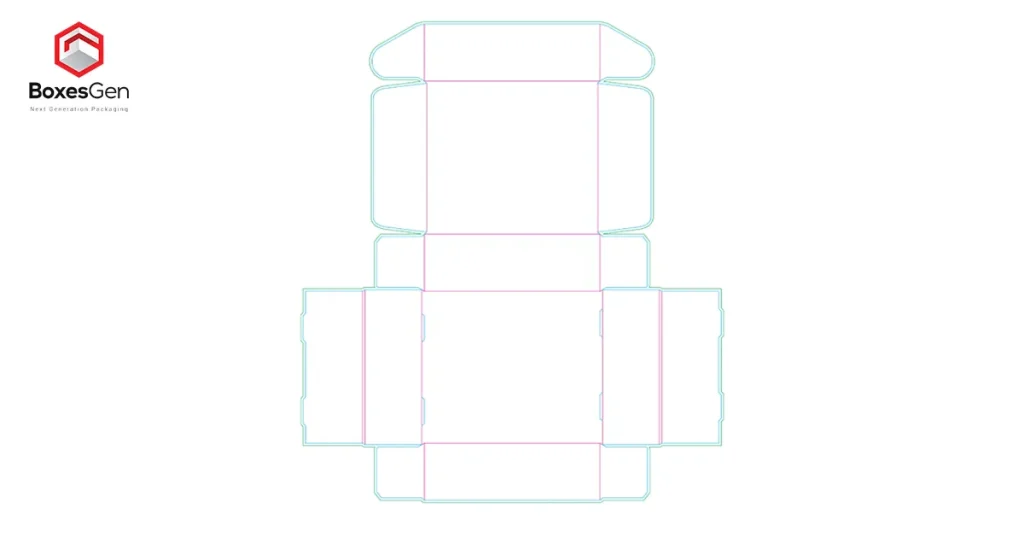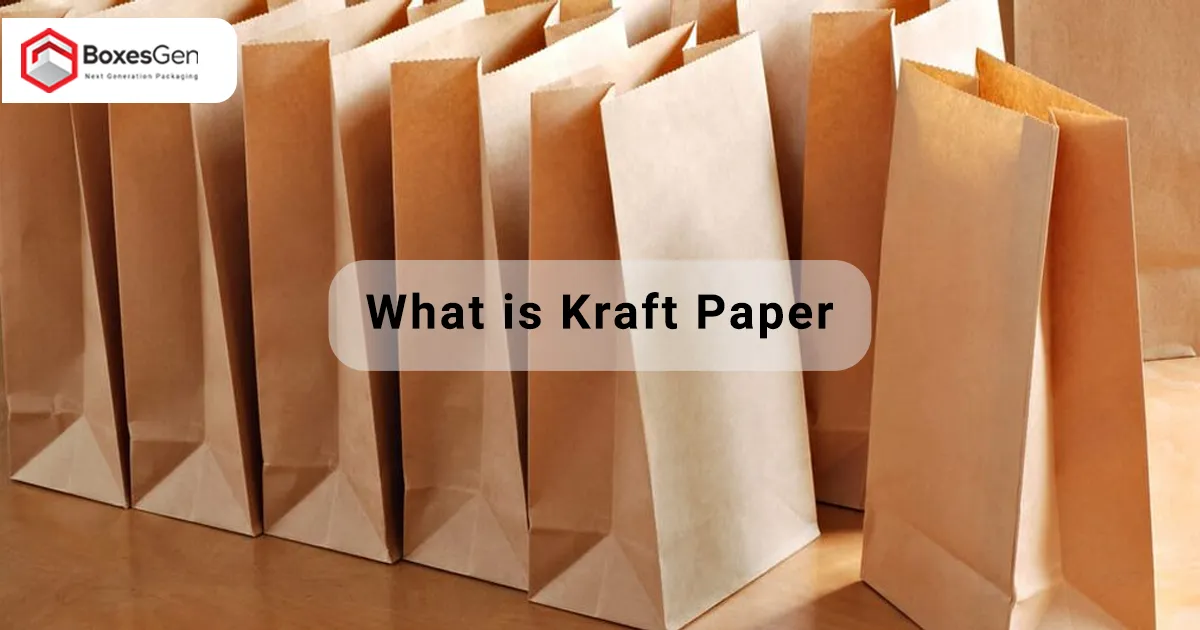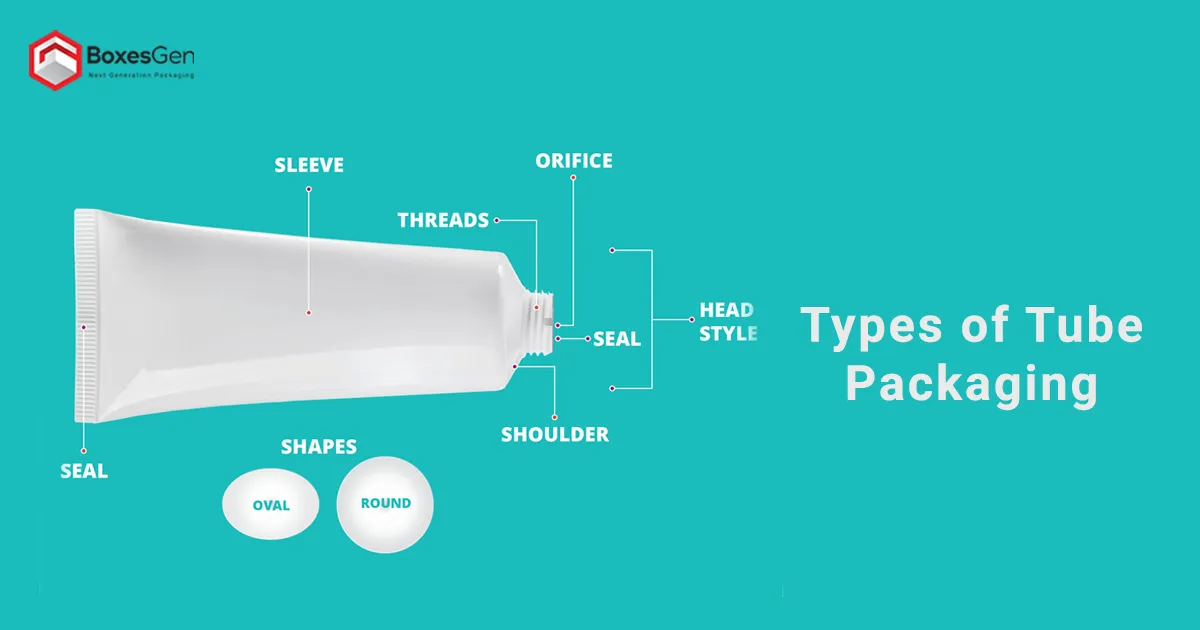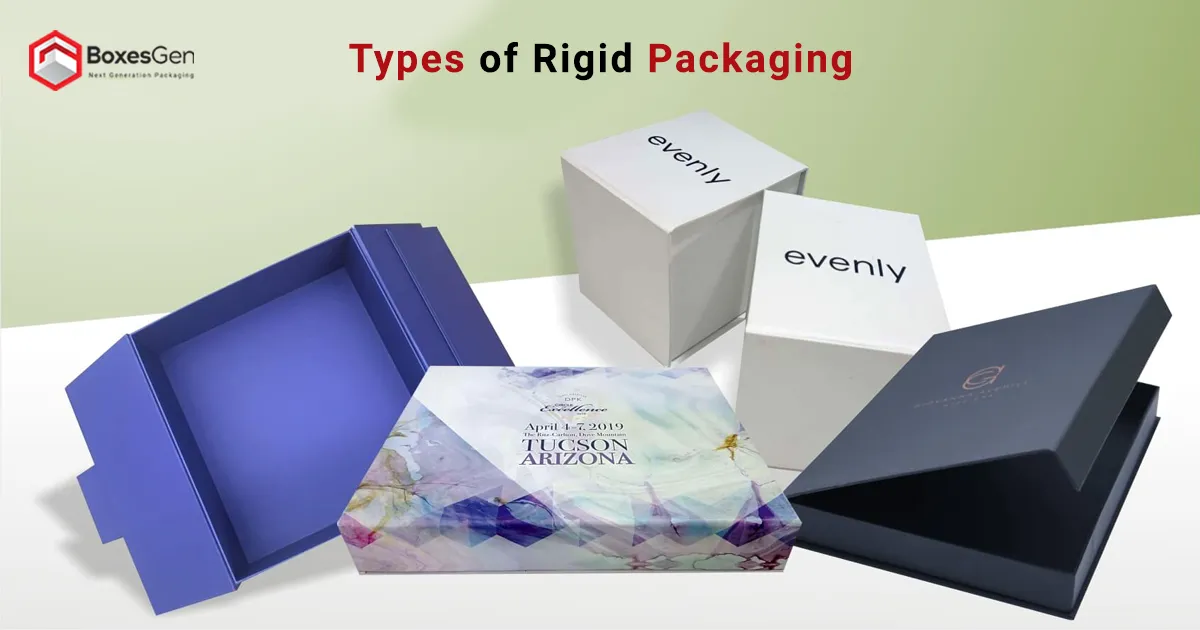How to Measure a Box for Shipping?
When it comes to shipping, the first question that comes to mind is how to measure a shipping box. The proper box shape is important in ensuring your products’ safe and efficient transportation. The accurate measurement helps you choose the right shipping box, keeps you up to date with shipping costs, and protects your products from damage in transit. This comprehensive guide will explore how to measure a box properly and why it is important for Product Packaging Boxes.
Why Box Measurements Are Necessary?
Before delving into the specifics of measuring a box for shipping, it’s important to understand why the box dimension matters. Dimensions such as the length, width, and height of the shipping box are important for several reasons;
Cost Estimation
Shipping costs are often calculated based on the size and weight of a package. By providing accurate box dimensions, you can receive precise cost estimates for shipping, helping you plan your budget effectively.
Efficient Space Utilization
Utilizing the right-sized box ensures you make the most efficient use of space in delivery vehicles and warehouses. This can lead to reduced shipping costs and more environmentally friendly transportation.
Item Protection
Choosing a box that fits your items snugly reduces the risk of damage during transit. Items too loose in a large shipping box may shift and get damaged, while small shipping boxes may get crushed.
Professionalism
Accurate box dimensions reflect professionalism in your business operations. It shows that you care about your products and customers, which can augment your brand’s reputation.
How to Measure a Box?
Now that we understand the importance of box dimensions for shipping let’s explore how to measure a shipping box correctly. Follow these steps for accurate measurements;
Step 1: Gather Your Tools
To begin, you will need a few basic tools;
- Measuring Tape: A flexible measuring tape is ideal for accurate measurements.
- Straight Edge: A ruler or a carpenter’s square can help ensure straight lines.
- Pen and Paper: You will need to record your measurements.
Step 2: Measure the Length
Start by measuring the length of the box. This is the longest side of the box, and it’s the dimension typically listed first when describing box dimensions. Place one end of the measuring tape at the bottom of the box and extend it to the top, ensuring it follows the box’s edge. Write down the measurement in inches or centimeters.
Step 3: Measure the Width
Next, measure the width of the box. This is the dimension from one side to the other, perpendicular to the length. Like before, use the measuring tape to measure and record it accurately.
Step 4: Measure the Height
The height is the final dimension, measured from the bottom to the top of the box’s shortest side. Make sure to use the measuring tape correctly, following the edge of the box for an accurate measurement.
Step 5: Calculate the Volume
To determine the box’s total volume, multiply the length, width, and height measurements. The result will be in cubic inches or centimeters, depending on the units you use for measurement. This volume measurement is useful when determining shipping costs and storage space.
Step 6: Measure Any Irregularities
If your box has irregularities, such as flaps or protruding handles, measure them separately. Record these dimensions to ensure accurate information when describing the box to shipping carriers.
Step 7: Double-Check Your Measurements
Accuracy is crucial, so double-check your measurements to ensure they are correct. Mistakes in box dimensions can lead to unexpected issues with shipping and storage.
Step 8: Consider Box Wall Thickness
It’s important to know the wall thickness when measuring the box dimensions. In some cases, especially when dealing with fragile items or specialized packaging, the wall thickness of the box can be a significant factor. To account for this, measure the thickness of the box walls and record this dimension separately. You may need this information when selecting packaging materials or calculating the internal space available for your items.
Step 9: Use the Right Units
Consistency in units is crucial for accurate measurements. Ensure that you use either inches or centimeters throughout the process. Most shipping carriers provide guidelines in one specific unit, so sticking to that unit will help you avoid errors in estimating shipping costs and complying with regulations.
Step 10: Document the Measurements
Keeping a record of your box dimensions is essential for future reference. When measuring multiple boxes for shipping, it’s easy to get confused if you don’t document each box’s dimensions. This information can save you time and effort when preparing shipments or organizing storage.
Step 11: Account for Extra Space
Sometimes, you might need to account for extra space within the box, such as cushioning materials, dividers, or product-specific packaging. When measuring your box, consider the internal space available for your items. This can help determine if your products will fit comfortably and securely within the box.
Step 12: Understand Shipping Carrier Guidelines
Different shipping carriers may have specific guidelines for box dimensions and weight limits. It’s important to familiarize yourself with these guidelines and ensure your box dimensions are within the carrier’s acceptable range. This can prevent issues with shipping and help you avoid additional fees or complications.
Step 13: Be Mindful of Weight
While this guide primarily focuses on measuring box dimensions, it’s essential to consider the weight of your package as well. Shipping carriers often have weight restrictions, and exceeding these limits can result in additional charges. Make sure your box is not only the right size but also within the carrier’s weight limits.
Step 14: Label Your Boxes
Once you have accurate measurements and are ready to prepare your shipments, it’s a good practice to label your boxes with their dimensions. This makes identifying and categorizing your packages easy, especially if you’re dealing with multiple shipments or have various box sizes in your inventory.
Custom Packaging Boxes
Sometimes, standard shipping boxes may not be appropriate for your items. Custom Packaging Boxes provide an excellent solution, allowing you to customize the shape to suit and fit your items perfectly. This increases security and adds a unique and professional touch to your product display and presentation.
Custom packaging allows you to create perfectly sized boxes to fit your items, reducing the need for excessive space and ensuring a snug fit. These changes can reflect your branding and messaging and increase the visual appeal of your product.
Measuring Custom Boxes
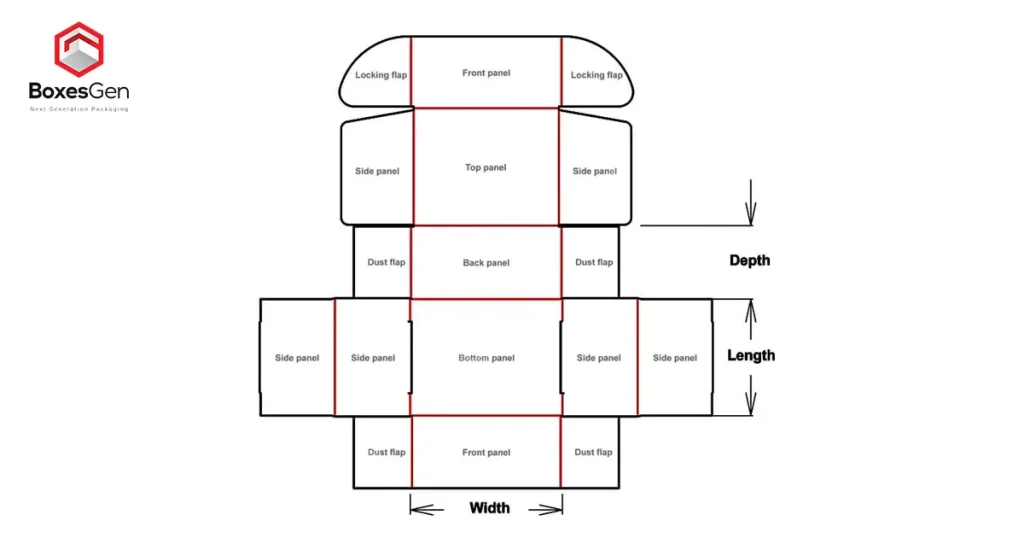
If you are working with custom packaging, the process is somewhat similar, but there are a few additional considerations;
- Exterior vs. Interior Measurements
When measuring a custom box, you may need to provide exterior and interior dimensions. The external dimensions are described in the previous step, while the internal measurement calculates the space inside the box considering the weight of the box contents.
- Irregular Shapes
If your custom box has an irregular shape, break it down into simple geometric shapes (e.g., rectangles or squares), measure each part separately, and then calculate the total volume.
Types of Small Mailer Boxes
Small mailer boxes come in various styles to cater to different products and shipping needs;
Rigid Mailer Boxes
Rigid mailer boxes are hard-wearing and designed to protect delicate products such as documents, photos, or small electronics. They offer a sturdy option for shipping while maintaining a compact size.
Corrugated Mailer Boxes
Corrugated mailer boxes are suitable for items that require some cushioning during shipping. They are lightweight yet robust, making them a popular choice for many products.
Apparel Mailer Boxes
For clothing and apparel items, consider using custom-sized apparel Mailer Boxes. These boxes are designed to snugly fit garments, minimizing wrinkles and keeping them pristine during shipping.
The Role of Box Dimensions in Eco-Friendly Packaging
The efficient design of the box saves space and money and contributes to environmentally friendly packaging. Properly fitted small boxes reduce unnecessary additional packaging like bubble wrap and foam peanuts. This reduces waste and reduces the environmental impact of shipping. By using appropriately sized boxes and considering environmental considerations, businesses can align their packaging practices with sustainability goals, appealing to environmentally-conscious customers.
Thickness of A Packaging Box
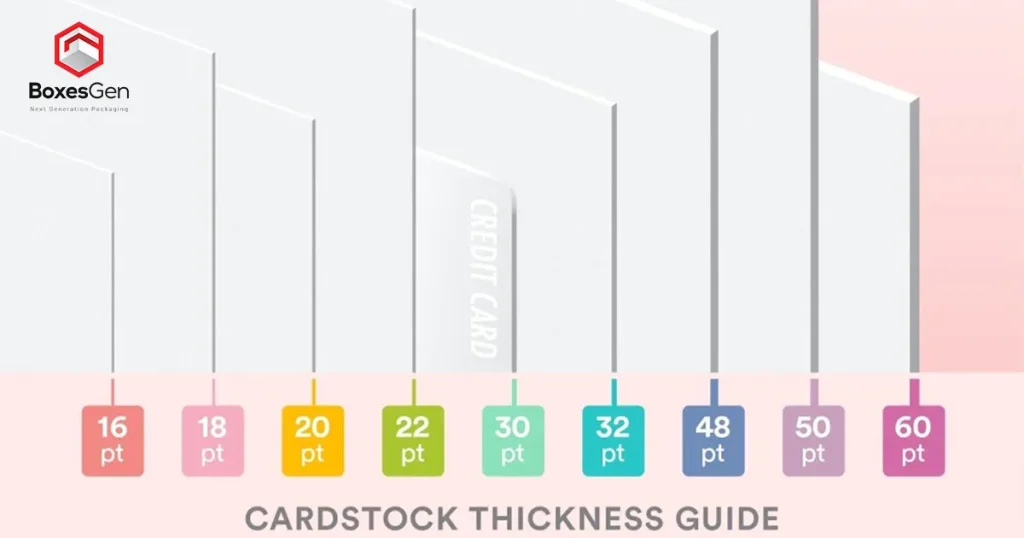
One factor often overlooked when measuring a shipping box is the thickness of the box material. The cardboard or corrugated material adds thickness to the exterior dimensions when making shipping boxes. It is essential to account for this thickness in your measurements, especially if you must fit items snugly within the box.
Ensuring Proper Packaging
Aside from the measurements of the box itself, it is also important to ensure the box’s contents are properly packed. This includes using the right padding, cushioning, and void-filling materials to protect your luggage from damage in transit.
Custom packaging offers many advantages, including customizing the box size to fit your package. This saves extra space, reduces shipping costs, and increases your brand’s overall exposure.
Conclusion
Accurately measuring a box for shipping is important in ensuring proper packaging and safe delivery. Understanding the importance of the box dimensions, different small shipping boxes, and custom packaging allows product manufacturing businesses to make informed decisions in their shipping operations. Take action outlined in this guide and confidently choose the right size shipping box, control costs, protect your products, and maintain your professional image. By adopting environmentally friendly packaging, you can contribute to a greener and more sustainable future.
Frequently Asked Questions
Why Is It Important to Measure a Shipping Box Accurately?
Accurate measurements are essential to determine shipping costs, optimize storage space, protect your items during transit, and ensure compliance with shipping carrier guidelines.
What Tools Do I Need to Measure a Shipping Box Accurately?
You will need a measuring tape, a straight edge (like a ruler), and a pen and paper to record your measurements.
How Do I Calculate the Volume of a Shipping Box?
To calculate the box’s volume, multiply the length, width, and height measurements. The result will be in cubic inches or centimeters, depending on the units you used for measurement.
What Should I Do If My Box Has Irregularities, Like Flaps or Handles?
Measure any irregularities separately and record their dimensions. This information is important when describing the box to shipping carriers.
Are There Specific Guidelines for Box Dimensions from Shipping Carriers?
Different shipping carriers often have specific guidelines for box dimensions and weight limits. Knowing these guidelines and ensuring your boxes meet their requirements is crucial to avoid complications and additional fees.

